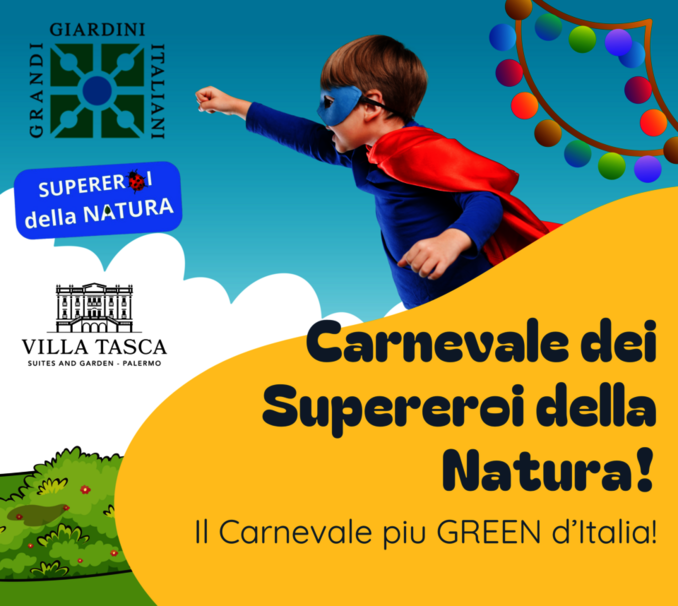
27 Febbraio 2025
Villa Tasca
The first mention we have of Villa Tasca dates back to the mid 16th century, when Louiso di Bologna, Baron of Montefalco, built a country house in an area rich with springs. By tradition, the property was handed down as a dowry, until it came to Agata Lanza Gioeni and Ercole Branciforti, Duke of S. Giovanni. Under their direction it became an important Renaissance villa, animated with statues, fountains and water features (even a mirror that splashed water in the face of vain self-admirers).
There was also a formal parterre directly in front of the villa and a large avenue lined with poplar trees, both inspired by the prevailing French taste of the time.
On August 27th, 1840, the marriage of Beatrice Lanza d'Almerita and Lucio Mastrogiovanni Tasca marked the next chapter for the villa. The new Count Tasca d'Almerita was a passionate follower of Rousseau, who firmly believed that agriculture would save society. Consequently, he conducted experiments in acclimatising new plants and applied innovative experimental methods in both his agricultural endeavours as well as in his private garden. In fact, Lucio Mastrogiavanni Tasca was motivated by a desire to contribute to a better society by proposing new agricultural and aesthetic models. The current park owes much of its beauty to the interventions commissioned by Count Lucio and Beatrice, who transformed the formal parterre into the “Irregulier”garden in 1855 and who had the Romantic and Acclimatisation Garden built between 1870 and 1880.
Today Giuseppe e Luisa Tasca continues to innovate and contribute to society through the Villa Tasca Park, which celebrates well-being and biodiversity in an area open to the public since 2020.
There was also a formal parterre directly in front of the villa and a large avenue lined with poplar trees, both inspired by the prevailing French taste of the time.
On August 27th, 1840, the marriage of Beatrice Lanza d'Almerita and Lucio Mastrogiovanni Tasca marked the next chapter for the villa. The new Count Tasca d'Almerita was a passionate follower of Rousseau, who firmly believed that agriculture would save society. Consequently, he conducted experiments in acclimatising new plants and applied innovative experimental methods in both his agricultural endeavours as well as in his private garden. In fact, Lucio Mastrogiavanni Tasca was motivated by a desire to contribute to a better society by proposing new agricultural and aesthetic models. The current park owes much of its beauty to the interventions commissioned by Count Lucio and Beatrice, who transformed the formal parterre into the “Irregulier”garden in 1855 and who had the Romantic and Acclimatisation Garden built between 1870 and 1880.
Today Giuseppe e Luisa Tasca continues to innovate and contribute to society through the Villa Tasca Park, which celebrates well-being and biodiversity in an area open to the public since 2020.
Everything you can imagine, nature has already created.- Albert Einstein - |